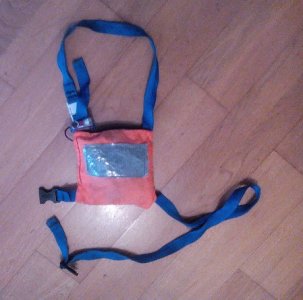Tranona
Well-Known Member
Really? Don't think there has been any unusual high level of incidents in those well travelled waters. OK bit more demanding than pootling along the S Coast, but no need to night sail in poor conditions (except for passages from West Country) and all within VHF range of the best rescue services in the world. Who is there to see a flare unless you are in the shipping lanes or in a fleet of racers?Channel islands and Brittany would very much fall within the expectation that you are likely to be sailing at night out of immediate reach of shelter. Which would make you Cat 3 with Liferaft if the crossing was a race. And seems a perfectly reasonable assumption.
I disagree that the need has changed much. I don't think that the job of Flares has yet been proven to have been taken over by other tech, yet. I do agree that it will eventually happen, but I don't think that we are there yet.
For my money, if was equipping a cruising boat for that area, they would be on my boat.
It is instructive to go back more than 10 years to the MAIB reports from the mid 90s and note the number of yachts lost and fatalities compared with the last 10 years. All the technical developments have really made a difference whether it be fewer keels falling off, better built and prepared boats, better forecasting and particularly better communications.
Flares do have a potential role in parts of the world that don't have the sort of infrastructure we have (see the comments from down under). What seems unclear so far is whether the LEDs can be equally effective in those rare cases where a visual signal might do the trick.

